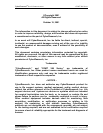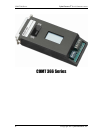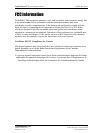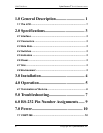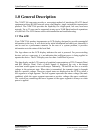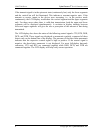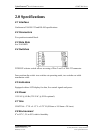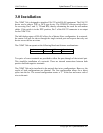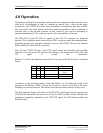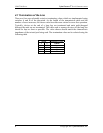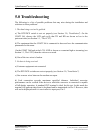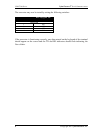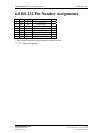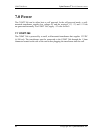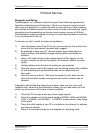
CyberResearch
®
Serial Communications COMT 366 Series
CyberResearch, Inc. 5
25 Business Park Drive P: (203) 483-8815; F: (203) 483-9024
Branford, CT USA www.cyberresearch.com
4.0 Operation
Operation in an RS-485 environment requires all devices attached to the network to have
some level of intelligence in order to establish an orderly flow of data on the single
twisted pair. The COMT 366 offers three possibilities for hardware data flow control.
The user selects the mode which avoids the contention problem. Unless contention is
resolved, there is the possible collision of data caused by two devices attempting to
transmit simultaneously. The software control is the responsibility of the user.
The RTS (Pin 4) and CTS (Pin 5) signals of the EIA-232 connector are jumpered
together. This combined signal (referred to as RTS) is used to control the transmitter and,
depending on the mode, can also control the receiver. The COMT 366 can only transmit
data on the RS-485 port if RTS is asserted.
Note: On the COMT 366 only: if the RTS signal cannot be controlled, then carefully
open the covers and locate JP1 and move the jumper to the adjacent pin. This allows the
TD signal to control the transmitter.
Positions 3 and 4 of the dipswitch control the I/O circuits of the RS-485 port as indicated
below:
Mode 3 4 Transmitter Receiver
1 Off Off Controlled by RTS Disabled
2 On Off Controlled by RTS Enabled when no
RTS
3 Off On Controlled by RTS Enabled
4 On On Disabled Enabled
An analysis of the operating modes reveals that Mode 2 or 3 are the most useful in the
majority of installations. Mode 3 allows the converter to "listen" to the line at all times,
including its own transmission. This allows observation of data collisions if they occur.
The RTS indicator displays the status of the RTS/CTS signal applied to the control ports
of the RS-485 transmitter and receiver as set by the Mode switches. Mode 4 disables the
transmitter completely, regardless of the RTS/CTS signal; the RTS display reflects the
disabled status.



